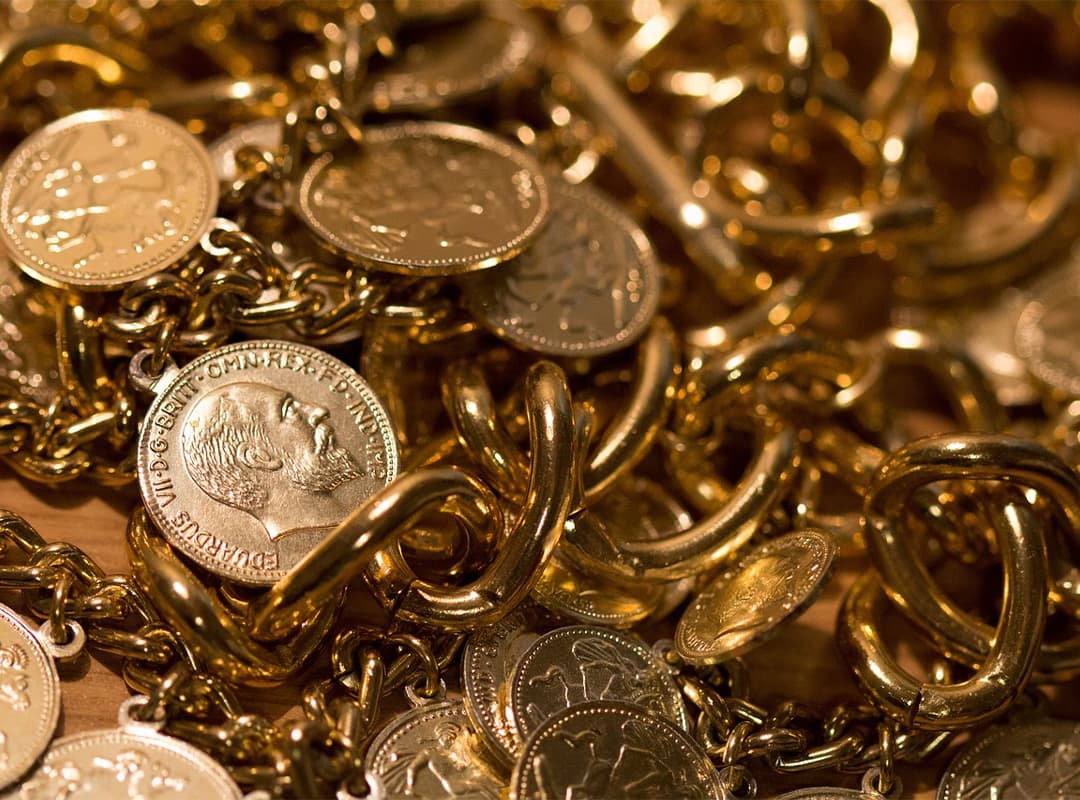The market for bimetallic artifacts, including coins, tokens, and medals, is intricately linked to global economic dynamics. As the economy fluctuates, so too does the value, demand, and availability of these collectibles. In this article, we will explore how global economic changes influence the bimetallic artifacts market, providing insights for collectors and investors. We will also discuss how niche markets, such as tokens smoke shop, and technological advancements, like those from Schuler presses, play a role in shaping the market.
1. Economic Stability and Market Demand
Economic Growth: During periods of economic growth, disposable incomes typically increase, allowing collectors to invest more in hobbies like bimetallic artifact collection. This surge in purchasing power can drive up demand and, consequently, the prices of rare and valuable items.
Recession Impact: Conversely, during economic downturns, collectors may become more conservative with their spending. Recessions can lead to a decrease in demand for luxury and non-essential items, including collectibles. However, this can also present opportunities for savvy investors to acquire valuable items at lower prices.
2. Inflation and Precious Metal Prices
Inflation: Inflation can significantly affect the market for bimetallic artifacts. As the value of fiat currency decreases, tangible assets like precious metals often become more attractive. Collectors and investors may turn to bimetallic coins and medals as a hedge against inflation, increasing their demand and value.
Metal Prices: The intrinsic value of bimetallic artifacts is closely tied to the prices of the metals they contain. For example, fluctuations in gold, silver, or copper prices can directly impact the market value of coins and medals composed of these metals. Monitoring metal market trends is crucial for collectors and investors.
3. Technological Advancements
Schuler Presses: Technological innovations in minting, such as those developed by Schuler presses, have revolutionized the production of bimetallic artifacts. These advancements allow for more intricate designs, better security features, and higher production efficiency. Collectors often value modern coins produced with advanced technology for their precision and artistry.
Market Accessibility: Technology also enhances market accessibility. Online platforms and digital catalogs make it easier for collectors to buy, sell, and trade bimetallic artifacts globally. This increased accessibility can lead to a more dynamic and interconnected market.
4. Cultural and Niche Market Trends
Tokens from Smoke Shops: Niche markets, such as tokens from smoke shops, add an interesting dimension to the bimetallic artifacts market. These items often have unique designs and historical significance, appealing to specialized collectors. Economic changes can affect these niche markets differently compared to mainstream collectibles, sometimes offering unique investment opportunities.
Local Economic Factors: Regional economic conditions can also impact niche markets. For example, local economic booms or downturns in areas like ducky car wash bryan Texas, can influence the demand for locally produced tokens and memorabilia.
5. Global Trade and Political Climate
Trade Policies: International trade policies and agreements can affect the availability and cost of bimetallic artifacts. Tariffs, import restrictions, and trade agreements influence the flow of collectibles across borders, impacting their prices and availability.
Political Stability: Political events and stability play a crucial role in the collectibles market. Political instability or uncertainty can lead to market volatility, affecting investor confidence and market behavior.
6. Investment and Speculation
Collector Behavior: Economic changes often influence collector behavior and market speculation. During economic uncertainty, some collectors may sell off parts of their collections to liquidate assets, while others might see it as an opportune time to invest in undervalued items.
Market Trends: Keeping abreast of market trends and economic indicators is vital for making informed decisions. Understanding how broader economic conditions influence the bimetallic artifacts market can help collectors and investors strategically navigate market fluctuations.
The market for bimetallic artifacts is sensitive to a variety of global economic factors. From inflation and precious metal prices to technological advancements and niche market trends, understanding these influences is essential for both collectors and investors.
As the world continues to experience economic changes, staying informed about these dynamics will help collectors make strategic decisions, whether they are looking to expand their collections or invest in valuable artifacts. By paying attention to global trends and leveraging technological advancements, such as those from Schuler presses, collectors can navigate the complex market of bimetallic artifacts with greater confidence.



